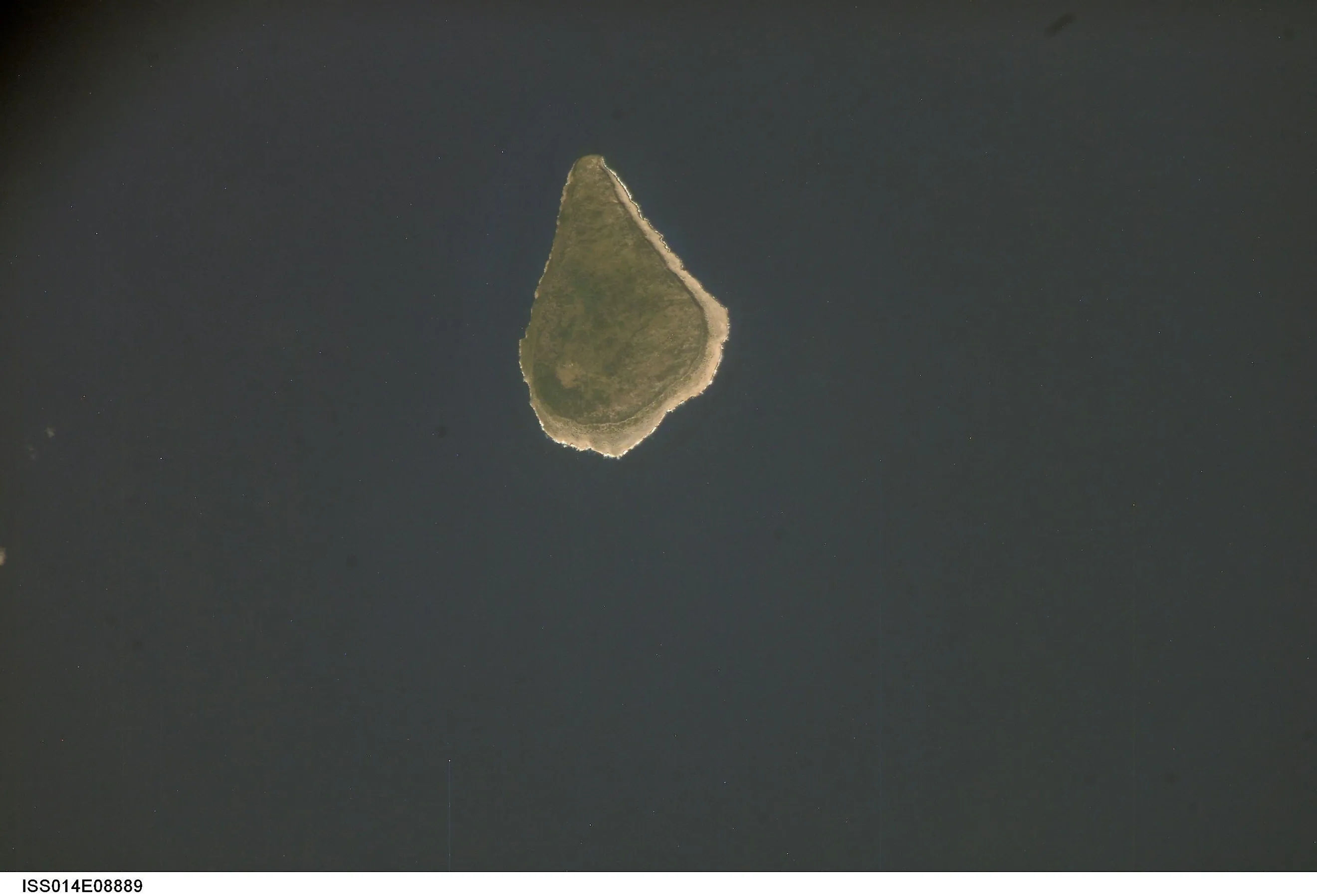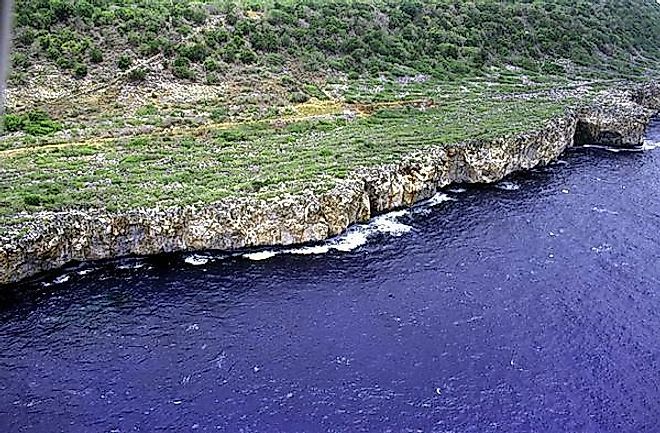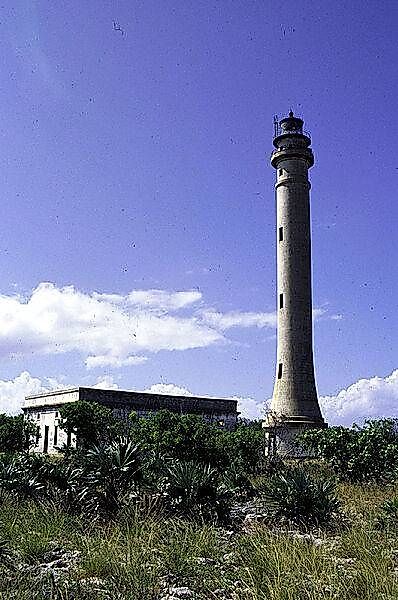
Who Owns Navassa Island?
Navassa Island is a tiny island of about 5 square kilometers in the Caribbean Sea, located in the Jamaican Channel and Windward Passage, between Jamaica, Cuba, and Haiti. The isolated island is characterized by rough terrain and has no natural fresh water source, making it unfriendly for human habitation. However, Navassa is a biological haven for both terrestrial and marine life.
The Caribbean island is a subject of a territorial dispute between the United States of America and Haiti, with both countries claiming it. However, the US has been administering the island through the Fish and Wildlife Services, claiming it in 1857 through the 1856 Guano Island Act. Haiti’s claim dates back to the 1697 Treaty of Ryswick and has included the island in its constitution as part of its possession.
History

A crew on Christopher Columbus’s fourth voyage stumbled upon Navassa Island in 1504 while on a mission to help the stranded explorer. However, the island did not attract the attention of the surrounding states and was largely neglected for centuries. It only came to the limelight when the Americans searching for guano occupied it in 1857. The island came under US jurisdiction through the Guano Act of 1856.
In the 19th century, the US economy relied heavily on agriculture. Fertilizer was important for the industry, with some farmers preferring guano compost. Although Peru was the main source of guano, the Pacific and Caribbean islands also contained significant guano reserves. Therefore, the US government set out on a mission to look for guano in these regions.
From 1849 to 1856, Americans expanded into the Pacific and Caribbean region to hunt for guano and establish colonies. It seized several islands that were rich in guano through the Guano Act. Under this Act, the US claimed over 100 islands, including Navassa Island, before artificial fertilizers replaced guano. Although the US has surrendered some islands to original owners, others like Navassa are still disputed.
Haiti’s Claim
Haiti’s claim of Navassa Island dates back to 1697 through the Treaty of Ryswick that transferred the French possessions in the Hispaniola region to the Spanish. The Spanish subsequently passed over the possessions to Haiti at independence. Between 1801 and 1867, Haiti variously claimed the island in its constitution but not specifically mentioning it. However, its 1874 constitution explicitly mentioned the island as “la Navase,” including it as part of its territory. In 1858, one year after the US took possession of the island, Haitians sent vessels to proclaim Navassa as its dependency and demanded the diggers to seek Haitian permission. However, the Americans stood their ground which they made known to the Haitian government and rejected a request for an arbitrator.

The US Claim
The US claimed Navassa Island alongside other islands through the Guano Act of 1856, administering it since 1857. However, the Americans may have taken advantage of the failure of Haiti and the previous European powers (France and Spain) to manage the island. They have always argued that Haiti never exercised any administrative or jurisdiction over the island.
The US also insisted the island did not belong to any country when its citizens settled there and only made it its jurisdiction through the 1856 Guano Act. According to the Act, if an American citizen discovers guano deposits on any island not occupied by citizens of other countries, the president may consider such an island a US possession. Haiti’s continued demand for the island caused the US to hand over the island’s management to the US Fish and Wildlife Services. Jamaica would want the territorial dispute resolved so that they can define their boundary with Haiti.











